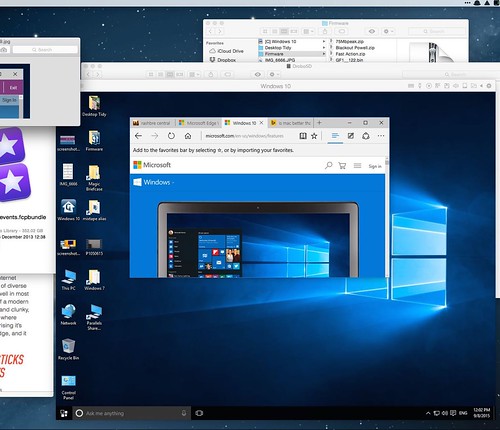
Whilst looking for space linked to the current kitchen upheaval, I found a box of old video tapes.
They are 8mm and Hi8 tapes, which use the same form factor and were compact formats used before DV came along.
I think the Hi8 actually recorded digitally onto the backwards-compatible 8mm tape format. There was a trick where punching out a hole in the tape cassette converted (cheap) 8mm to (expensive) Hi8 format. Fortunately I still have a Sony Hi8 camera, which I can use to liberate the videos.

It's an interesting example of where something inherently complex back in the days of use of the video format is now relatively easy. I can remember needing a special Matrox Card or a special box to plug into the then state-of-the-art PC to be able to ingest the tapes so that they could be shakily edited on Premiere Pro. Needless to say, it didn't happen very often.
This time I've used a basic Elgato video capture connection to process the analogue tapes into H.264 as they are uploaded into my Mac.
Nowadays its a very simple process.
Download the Elgato capture software, connect the camera via the special wire, hit play, and then hit record on the software. The video plays in little window on the screen, so I can see the progress, which is at real-time playback speed. It's the old 640 x 480 format, but this is all about the content.
It'll be interesting to see what I unearth from the video vaults.

As I type this, I can see some ancient video of a space shuttle being prepped for a launch...and now a Luau!

Here's the ancient, wobbly hand-held VHS NASA extract as a short video.



























